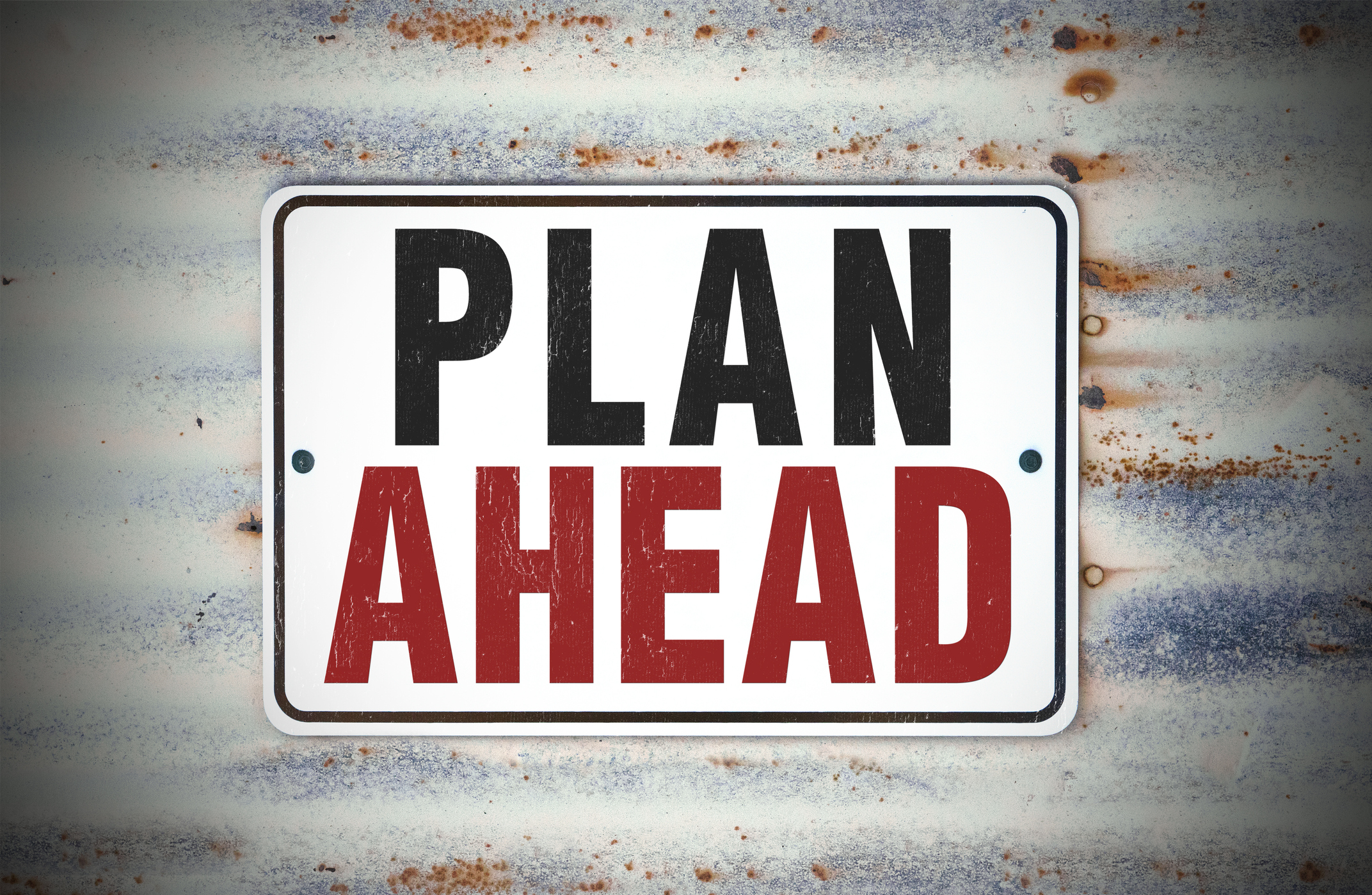
If one examines Tesla’s second-quarter results with an investor’s clear-eyed view, the truth is inescapable: the company’s future rests on its full self-driving system. In today’s tumultuous market, Tesla is rightly regarded as a high-risk growth stock—even though it occupies a dominant position in an end market that its rivals are fervently chasing. The real promise, and the core of its investment case, lies in the revenue stream that autonomous driving and the robotaxi service could unlock. A breakthrough in unsupervised FSD might deliver outsized returns, yet the venture is fraught with the perils of audacious technology.
Tesla is more than a car company
It would be naïve to ignore that Tesla’s current sales have fallen short of management’s hopes. In addition, the removal of the federal EV tax credit—along with rising interest rates that make car buying less affordable—has compounded its challenges. However, for the discerning investor, the company’s true allure is not found in its present sales figures but in its potential to revolutionize transportation through self-driving technology and its bold robotaxi ambitions.
Despite trading at 191 times the Wall Street earnings estimates for 2025—a figure that serves as a constant reminder of the risk involved—the promise of a robust revenue stream from FSD and robotaxis remains the cornerstone of Tesla’s long-term value proposition.
These technologies are not mere speculative add-ons; they are integral to Tesla’s strategy. Their successful deployment could not only justify the company’s lofty valuation but also fundamentally transform the transportation sector.
A successful robotaxi rollout will improve FSD adoption
Elon Musk’s plan to rapidly expand Tesla’s autonomous ride-hailing service, even if his goal of serving half the U.S. population by year’s end seems optimistic, cannot be dismissed outright. A well-executed robotaxi rollout is likely to generate significant public interest, thereby increasing the adoption of Tesla’s publicly available FSD. In fact, as Tesla’s CFO Vaibhav Taneja noted, FSD adoption in North America has already begun to climb. This growing awareness may further catalyze market acceptance of unsupervised driving technology.

Tesla’s Cybercab plans depend on a successful robotaxi rollout
Central to Tesla’s strategy is the Cybercab—a specialized vehicle designed for autonomous ride-hailing, expected to enter volume production in 2026. Scaling up Cybercab production without a working robotaxi service would be premature. Musk’s vision of reducing taxi operating costs to below $0.30 per mile is audacious, yet if realized, it could revolutionize urban transportation economics.
Tesla’s EVs become more attractive with unsupervised FSD
The prospect of unsupervised self-driving technology enhances the appeal of Tesla’s electric vehicles. As public awareness grows—spurred by the robotaxi initiative—Tesla owners might soon see their cars not only as personal transports but also as potential revenue-generating assets in the ride-hailing ecosystem. This dual utility could significantly boost the long-term attractiveness of Tesla’s EVs.
FSD may be needed to secure financing
During the earnings call, questions arose about how Tesla would finance the scaling of its robotaxi business, especially given that Q2 free cash flow was modest. Although Tesla holds a robust $29.6 billion in net cash—roughly equivalent to three years of capital spending—demonstrating a viable revenue stream from FSD and robotaxis will be crucial if additional financing becomes necessary.
Can buying Tesla stock set you up for life?
There is no guarantee that Tesla will succeed in developing a publicly available unsupervised FSD or that its robotaxi venture will scale as planned. The path ahead may force the company to incur unexpected costs—such as upgrading older hardware to support new technologies. Moreover, the entire proposition hinges on the successful execution of unsupervised FSD, making Tesla an inherently risky investment.
Yet, the competitive landscape is intensifying. Giants like Alphabet, Amazon, General Motors, Volkswagen, and Baidu are all vying for a share of the robotaxi market. Tesla’s combination of market leadership in electric vehicles, significant financial resources, and advanced technology positions it as the most likely to succeed—if its ambitious plans come to fruition. For the aggressive investor, this represents a high-stakes bet. The potential rewards are substantial, but so is the volatility. In the end, the decision is yours.📈
Read More
- Broadcom’s Quiet Challenge to Nvidia’s AI Empire
- Gold Rate Forecast
- METH PREDICTION. METH cryptocurrency
- How to Do Sculptor Without a Future in KCD2 – Get 3 Sculptor’s Things
- Trump Ends Shutdown-And the Drama! 🎭💸 (Spoiler: No One Wins)
- Odyssey of Avalanche: DeFi’s New Darling, Zero Lockups! 🚀🎩
- South Korea’s KRW1 Stablecoin Shocks the Financial World: A Game-Changer?
- Shiba Inu’s Netflow Drama: Bulls, Bears, and 147 Trillion SHIB
- Floki Price Prediction: FLOKI Extends Downtrend as Sell-Side Volume Dominates
- Braze: A Gamble in the Shadows of a $21M Bet
2025-08-05 04:35